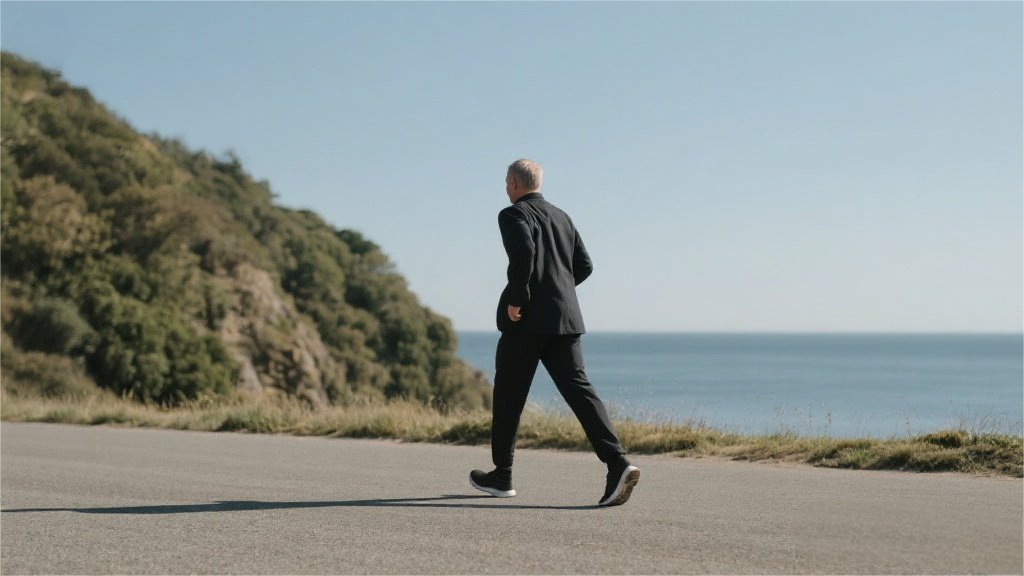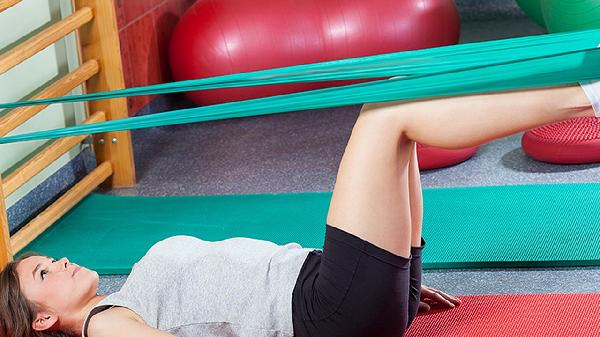If you've scrolled through fitness TikTok or Instagram lately, you've probably seen people walking backward on treadmills like it's the new burpee challenge. But unlike some fleeting fitness fads, this one actually has serious science—and centuries of cultural practice—backing it up. Turns out, walking in reverse isn't just a quirky gym flex; it's a legit movement hack that can rehab injuries, bulletproof your joints, and even make you a better athlete. I discovered this firsthand during physical therapy for knee issues, and now I'm hooked—not just because it fixed my creaky hinges, but because it made me feel like a ninja training in secret.

The Biomechanics of Backward Badassery
When you walk forward, your quads and calves dominate the movement while your hamstrings and glutes mostly phone it in. Flip the script by walking backward, and suddenly those underworked posterior muscles have to clock in for overtime. Research from the University of Oregon shows retro walking forces your hamstrings to engage 30% more than regular walking, while your quads take less impact—a game-changer for anyone with knee osteoarthritis or patellar tendonitis. It also shifts your center of gravity, forcing your core and stabilizer muscles to work harder to keep you from face-planting. Think of it like turning your walk into a balance board workout without the expensive equipment.
Why Your Joints Will Throw a Thank-You Party
Here's where it gets wild: Walking backward reduces compressive forces on the kneecap by up to 28%, according to a study in the Journal of Biomechanics. That's why physical therapists have used it for decades to rehab ACL injuries—it rebuilds strength without grinding away cartilage. Ben Patrick (aka "The Kneesovertoesguy") preaches this method religiously, noting that elderly populations in Japan and Korea have used backward walking for generations to maintain joint health. "It's like oiling a rusty hinge," he explains. "The motion stimulates synovial fluid production, which lubricates joints better than any supplement."
Calorie Torching and Athletic Upgrades
Don't let the slower pace fool you—backward walking burns 20-40% more calories than forward walking at the same speed. Since your brain can't autopilot the movement, it triggers higher EPOC (excess post-exercise oxygen consumption), meaning you'll keep burning calories long after your workout. Athletes use it too: NFL players walk backward to improve hip mobility for squats, while runners use it to correct muscle imbalances that lead to IT band syndrome. One University of Tennessee study even found that six weeks of retro walking improved sprint times in college athletes by activating fast-twitch fibers usually neglected during forward locomotion.
How to Start Without Eating Treadmill
Before you hop on a treadmill backward like a contestant on "Wipeout," try these expert-approved progressions: Start on flat ground (a track or empty parking lot works), keeping your head turned over one shoulder initially. Once comfortable, attempt it on a treadmill at 0.5 mph with handrails engaged—yes, it's okay to death-grip them at first. Advanced folks can try weighted vests or incline settings, but only after nailing the basics. Pro tip: Wear shoes with minimal heel drop to avoid tripping over thick soles. And maybe warn gym staff beforehand so they don't think you're trying to break their equipment.
After three months of incorporating backward walks into my routine, my physical therapist was shocked at how quickly my knee range of motion improved—and I haven't looked back since (pun absolutely intended). Whether you're rehabbing an injury, prepping for sports season, or just want to confuse your dog during walks, this retro movement deserves a spot in your fitness playbook. Just maybe save the treadmill attempts for when the gym isn't packed with judgmental onlookers.
























